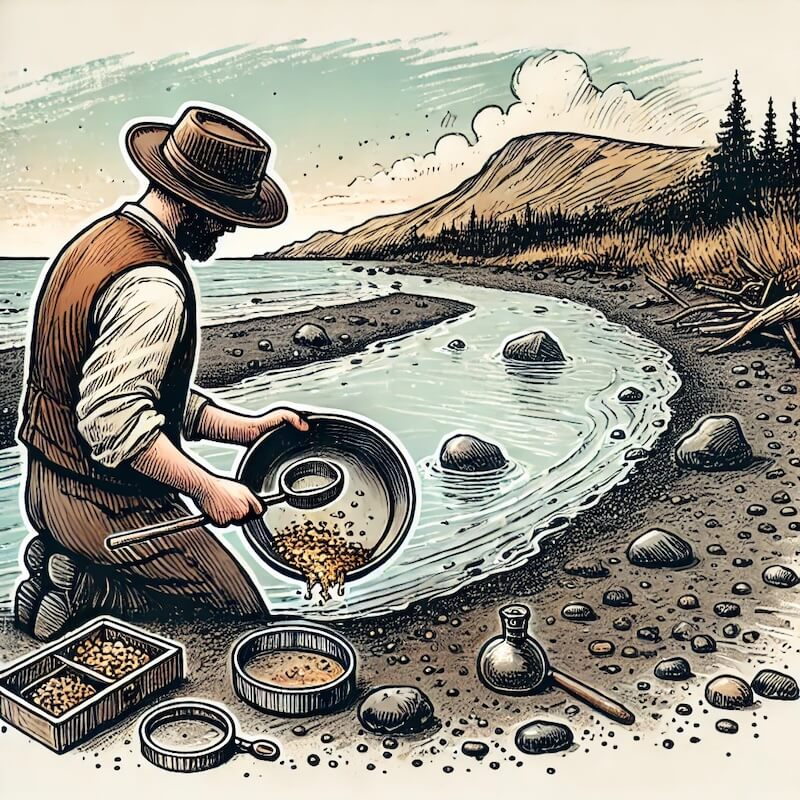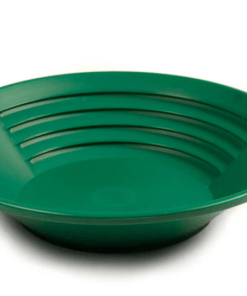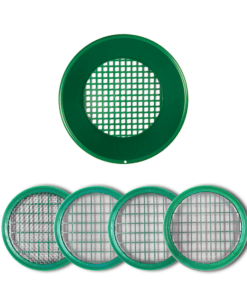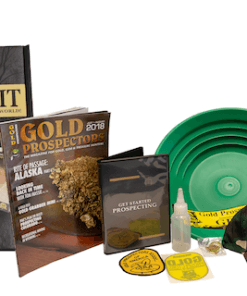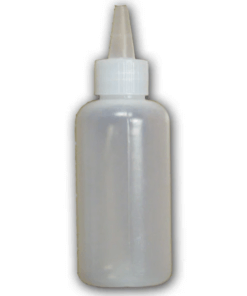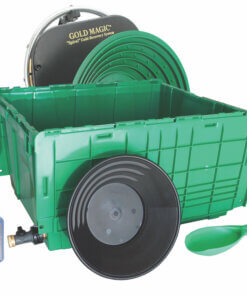Are you ready to uncover hidden treasures and explore a skill that’s as thrilling as it is rewarding? With “diy gold panning,” you can transform a simple day at the river or even on black sand beaches into an adventure of discovery. With patience and the right technique, you’ll be ready to watch gold sink to the bottom of your pan. Follow this guide to start your gold-panning journey and connect with the past – all while taking advantage of nature’s riches!
What is DIY Gold Panning?
DIY gold panning is the process of searching for gold in rivers, streams, or black sand beaches using just a few simple tools. Rather than needing professional mining equipment, gold panners use traditional methods to separate gold from gravel, sand, and sediment, uncovering pieces that sink to the bottom. The simplicity of this method makes it accessible to beginners and seasoned adventurers alike. Just a bit of patience and skill can help you experience the thrill of finding gold in its natural setting.
Why Try DIY Gold Panning?
Gold panning combines a passion for nature, exploration, and the art of discovering something valuable. Unlike traditional mining, you don’t need extensive equipment or experience. With a few basic tools, you can head out and try your hand at catching gold on black sand beaches, rivers, or areas where gold-bearing material gathers after lava flowing through ancient sites. DIY gold panning is an engaging, low-cost, and fun way to learn about history and even potentially uncover some precious finds!
Essential Tools for DIY Gold Panning
If you’re ready to get started, here’s a list of the basic tools you’ll need for a successful gold panning adventure:
- Gold Pan: The most essential tool for panning. Both plastic and metal pans work well, with plastic pans offering the advantage of being lightweight and rust-resistant.
- Sieve: A sieve helps remove larger rocks and makes it easier to focus on the finer materials, like black sand and gold, that sink to the bottom.
- Snifter Bottle: This handy tool lets you suction small gold flakes out of the pan once they’ve settled to the bottom.
- Magnets: Great for separating magnetic black sand from gold, especially toward the end of the panning process.
- Storage Vial: Keep any gold flakes and small nuggets you find safe in a vial or secure container.
Finding the Best Location for DIY Gold Panning
The location you choose can make all the difference. Here are some tips for finding promising spots:
- Black Sand Beaches: These beaches, often created by volcanic activity, can contain gold particles carried down from eroded lava flows. Panning here can offer an interesting twist on traditional gold panning.
- Historical Gold Sites: Streams and rivers near historical mining sites or known gold deposits increase your chances of finding gold. Areas with a history of lava flowing through mineral-rich sites are often worth exploring.
- Areas with Natural Traps: Locations with slow-moving water, bedrock cracks, or bends are ideal as they create natural traps where heavier materials like gold can settle at the bottom.
-
Product on sale
 Gold Prospecting Membership (3-Year GPAA)Original price was: $190.00.$155.00Current price is: $155.00.
Gold Prospecting Membership (3-Year GPAA)Original price was: $190.00.$155.00Current price is: $155.00.
DIY Gold Panning Techniques: Step-by-Step Guide
Now that you’re equipped and have chosen a location, it’s time to learn the proper panning technique.
1. Fill Your Pan
Start by filling your pan with gravel, sediment, and black sand from your location of choice. Submerge it in water and shake the pan vigorously back and forth to help the heavier gold sink to the bottom.
2. Separate Out the Larger Rocks
As you gently shake, the larger rocks will rise to the surface. Carefully pick them out, making sure to leave the finer, heavier material that has settled to the bottom of the pan.
3. Wash Out Lighter Sand and Gravel
Use a gentle circular motion to swirl the lighter sand and gravel out over the edge of the pan. You’ll start to see the black sand concentrate, which signals you’re getting closer to uncovering any potential gold. Repeat this process several times.
4. Focus on Black Sand and Gold
As you reach the bottom of the pan, you’ll notice a layer of black sand and, if you’re lucky, gold flakes or nuggets. Use a magnet to pull the magnetic black sand away, leaving gold particles behind. Since black sand often collects near areas where lava flowing into water has cooled, these sites can be highly rewarding.
5. Collect Your Gold
Use a snifter bottle to capture the gold flakes you find. Store these in a small vial for safekeeping, and don’t forget to double-check the bottom of the pan for any remaining pieces.
Pro Tips for Successful Gold Panning
Here are some expert tips to increase your success rate:
- Practice at Home: Before you hit a gold-bearing site, practice in a controlled environment by placing a lead fishing weight in your pan. This will help you get comfortable with the motions and refine your technique.
- Focus on Technique Over Speed: A common mistake is rushing through the panning process. Remember that patience and precision are key – gold panning is a gradual process where the gold sinks to the bottom, especially on black sand beaches.
- Adapt to the Environment: Be aware of how natural elements, like the current, affect your panning. On black sand beaches, for example, shifting tides can alter how and where materials settle.
-
Product on sale
 Gold Magic 12-E Spiral Mining KitOriginal price was: $610.00.$599.95Current price is: $599.95.
Gold Magic 12-E Spiral Mining KitOriginal price was: $610.00.$599.95Current price is: $599.95.
Why Buy Your Gold Panning Gear from Hitched4fun.com?
At Hitched4fun.com, America’s #1 RV Supply Store, you’ll find durable, top-quality gold panning gear to support every stage of your panning journey. From pans and sieves to vials and snifter bottles, we carry everything you need for success. Our reliable products, paired with expert advice, ensure you’re prepared for an unforgettable experience. Start catching gold today and turn your outdoor adventures into rewarding discoveries!
Conclusion
Gold panning is an exciting, accessible activity that combines a love for nature, history, and hands-on skill. With the right tools, patience, and technique, you can uncover pieces of gold in places as unique as black sand beaches or rocky riverbeds. Remember to check the bottom of the pan thoroughly, as gold and black sand are likely to settle there. And when you’re ready to stock up on quality panning supplies, look no further than Hitched4fun.com for all your needs.
Take the leap into DIY gold panning and find your own treasures. Who knows – your next outing might be the one where you strike gold!
FAQs
Q1: Can I use household items to pan for gold?
Yes, a pie tin or shallow bowl can work as a makeshift gold pan, although commercial pans are more effective.
Q2: Are black sand beaches good for gold panning?
Yes, black sand beaches can often hold small amounts of gold, especially in areas near volcanic activity or lava flows.
Q3: How does gold settle in the pan?
Gold is dense, which means it naturally sinks to the bottom of the pan as you pan out lighter materials.
Q4: Can I pan for gold in any river?
You can pan in many rivers, but those with historical gold deposits or where black sand is present offer the best potential for success.
Q5: Where can I find reliable gold panning gear?
Hitched4fun.com offers high-quality, reliable gold panning supplies, perfect for both beginners and experienced prospectors.
Hashtags:
#diygoldpanning #goldpanning #goldprospecting #black sand beaches #sinks to the bottom #lava flowing #bottom of the pan #panningtools #prospectorlife #findgold #hitched4fun

